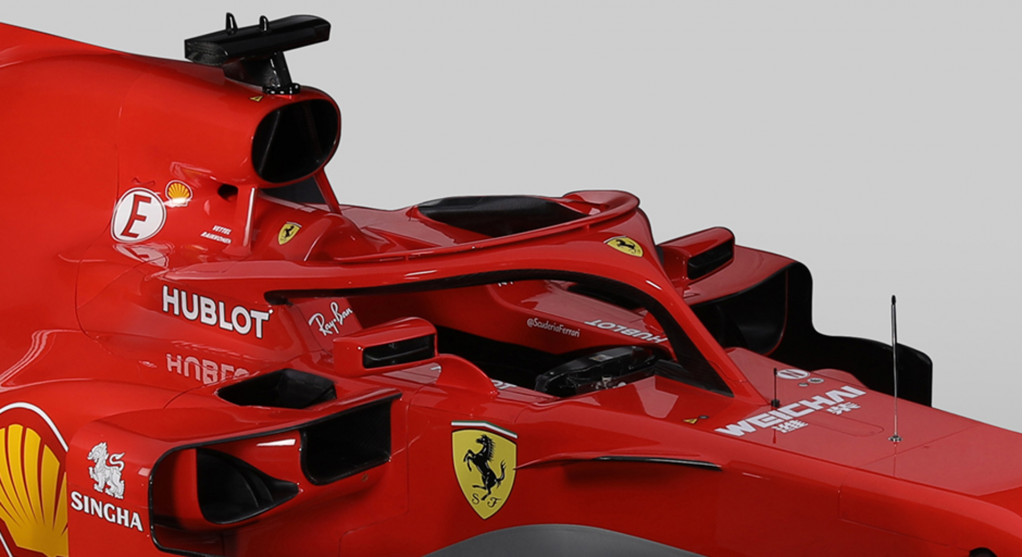A major talking point for the 2018 Formula 1 World Championship has been the introduction of the Halo driver protection system.
You've just seen the drivers race with it during Sunday's Australian Grand Prix in Melbourne, and the affect it has on driver vision to how it holds up in the event of an actual mid-race accident are still hotly debated online.
Now we have some actual insight from a man with the driving resume to back up his observed points. Stefan Johannson hops into a virtual reality simulator to talk us through a full lap behind the wheel of a Halo-equipped F1 car.
Johansson is no stranger to speed and racing machines. The Swedish driver competed in F1 for ten years, and managed podium finishes along the way. He had a bit more success, however, in the cockpit of endurance race cars. He's run the 24 Hours of Le Mans 16 times, and captured first place finishes in three of those contests. He has insight and perspective to share.

2018 Ferrari SF71H Formula 1 race car
The virtual testing unfolds at a CXC Simulations center. It's there where Johansson has strapped himself into a racing seat and placed a set of VR goggles over his eyes. A system like this starts at $49,000, and that's before the addition of the optional wide-screen display or Oculus VR integration. The rig he's operating is easily closer to $85,000, but it's also one of the best in the industry.
Johansson fires up his 2018 Ferrari F1 race car and provides his impressions. He states that "it doesn't feel entirely different from an LMP (prototype), but you can see through the roof because there is no roof. But the sight line is pretty similar."
Johansson goes on to state that the vertical post in the middle doesn't seem to be bothersome. That's because he's constantly looking ahead at the next corner, and then looking through that corner for his entry, apex, and exit lines. He does express a bit of concern related to the view with respect to when the cars are sitting on a full grid. When the car is there before the light turns to signal the action, it seems the Halo messes with that line of sight a bit.
He sums it up after his runs saying that there's no issue when you're out there racing. Your head is looking one way or the other. While the CXC simulator is a great place to get a feel for this updated safety tech, we look forward to more post-race observations from the series drivers themselves.
